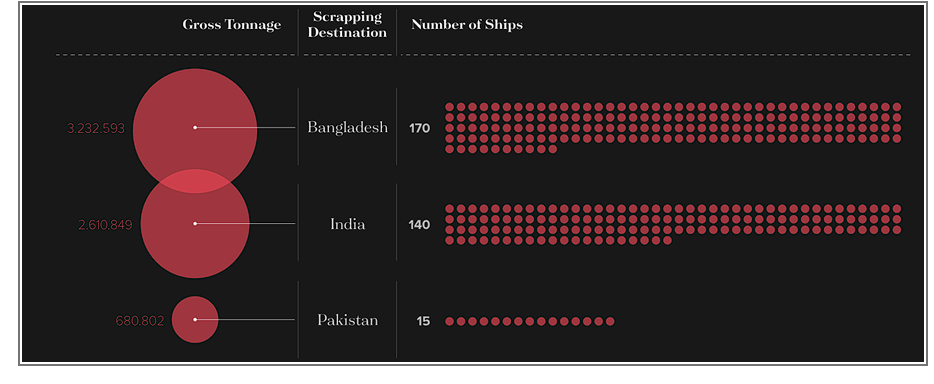Freemium Model Success Stories: How Free Apps Drive Revenue

The freemium model has proven to be a highly effective strategy for driving revenue in the custom android apps development. By offering basic features for free and charging for premium services, apps can attract a large user base and convert some into paying customers.
H2 – Best Freemium Cases
This approach not only encourages initial adoption but also fosters a broad user engagement, setting the stage for substantial revenue generation. Here are some success stories that highlight how free apps leverage the freemium standard to generate significant revenue:
H3 – Spotify
- Revenue Generation: Spotify’s application of the freemium model contributed to its impressive revenue of $7.88 billion in 2020, with about 45% of its users opting for premium subscriptions.
- Strategy: Spotify allows users to stream music for free with ads. Those who prefer an ad-free experience can pay for the premium service, which includes additional features like offline listening and high-quality audio streams.
H3 – Dropbox
- Growth Rate: Dropbox experienced a meteoric rise in its user base, growing by 3900% within just 15 months, largely due to its effective freemium strategy.
- Monetization: The service offers a certain amount of cloud storage space for free, while charging users who require more storage capacity, appealing to both casual users and power users who need substantial data storage.
H3 – MailChimp
- Conversion Rate: After adopting the freemium model, MailChimp saw a 150% increase in its number of paying customers and a 650% increase in profits.
- Strategy: It provides basic email marketing tools for free, while more advanced functionalities such as automated campaigns and deeper analytics are reserved for paid subscribers.
H3 – Clash of Clans
Although primarily a game and not typically categorized under traditional freemium models, Clash of Clans has successfully applied similar principles to generate substantial revenue through in-app purchases.
- Revenue Details: It earns approximately $1.5 million per day from sales of virtual currency and power-ups, showcasing the potential of in-app transactions in gaming.
H2 – Additional Insights
The success of the freemium lies in its ability to cater to a broad user base while offering compelling upgrades that provide genuine value, thus encouraging users to transition to paid versions.
- Evernote
Freemium Strategy: Offers basic note-taking functionality for free, while premium features include more storage and offline access. - LinkedIn
Freemium Strategy: Provides basic professional networking for free; premium accounts gain features like the ability to send messages to people outside their direct network. - Skype
Freemium Strategy: Allows free voice calls to other users, with paid upgrades that offer group video calls and screen sharing.
Each of these companies leverages their unique value proposition within the freemium framework to drive conversions from free users to paid subscribers, showcasing the diverse applications of this business model across different sectors beyond just gaming or entertainment apps.
H3 – Analyzing the Drawbacks of the Freemium
While the freemium design offers substantial benefits, it also presents challenges that can impact long-term sustainability and profitability:
- High Dependency on a Small User Base: Typically, only a small fraction of free users convert to paying customers. This puts immense pressure on retaining these valuable users and continuously enhancing premium offerings to justify the cost.
- Resource Intensity: Supporting a large number of free users can significantly strain resources, as they still require customer support, infrastructure, and regular updates, all of which incur costs.
- Perceived Value: There’s a risk that offering too much for free can undermine the perceived value of the paid product. Businesses must carefully balance what is offered for free so as not to cannibalize potential premium sales.
H3 – Case Studies: Learning from Failures
Some businesses have struggled with the that model, offering valuable insights into potential pitfalls:
- Everpix: A photo storage service that failed because it couldn’t convert enough free users to paying customers to cover its high operational costs.
- Path: A social networking-enabled photo sharing and messaging service that for many years struggled to find a monetization strategy that worked, eventually leading to its shutdown.
These examples underline the importance of a well-considered strategy that ensures the free services attract users without negating the potential for premium upgrades.
H2 – Best Practices for Implementing a Freemium Model
To maximize the chances of success with this approach, companies should consider the following strategies:
- Clearly Define Market Fit: Understand your target audience deeply to determine which features should be free and which should be paid. The goal is to meet the basic needs with the free version while enticing upgrades with advanced features.
- Innovative Premium Features: Regularly introduce new and compelling premium features to maintain the interest of existing subscribers and attract new paying users.
- Optimize User Experience for Conversion: Design the app to encourage upgrades with regular prompts and incentives that showcase the value of premium features without being intrusive.
- Robust Analytics and Feedback Loops: Implement tools to track how users engage with both the free and premium versions. This data can guide iterative improvements and more targeted marketing efforts.
H2 – Conclusion: Is Freemium Right for Your Business?
This model isn’t a one-size-fits-all solution; its effectiveness depends on several factors, including market dynamics, the nature of the product, and the company’s ability to innovate and adapt. For companies considering this model, it’s crucial to conduct thorough market research, set clear objectives for user acquisition and conversion, and continuously optimize the product and user experience.
By learning from both the successes and failures of others, businesses can better position themselves to use it not just as a revenue strategy, but as a catalyst for growth and innovation.
![]()
The post Freemium Model Success Stories: How Free Apps Drive Revenue appeared first on Container News.
Content Original Link:
" target="_blank">



























































